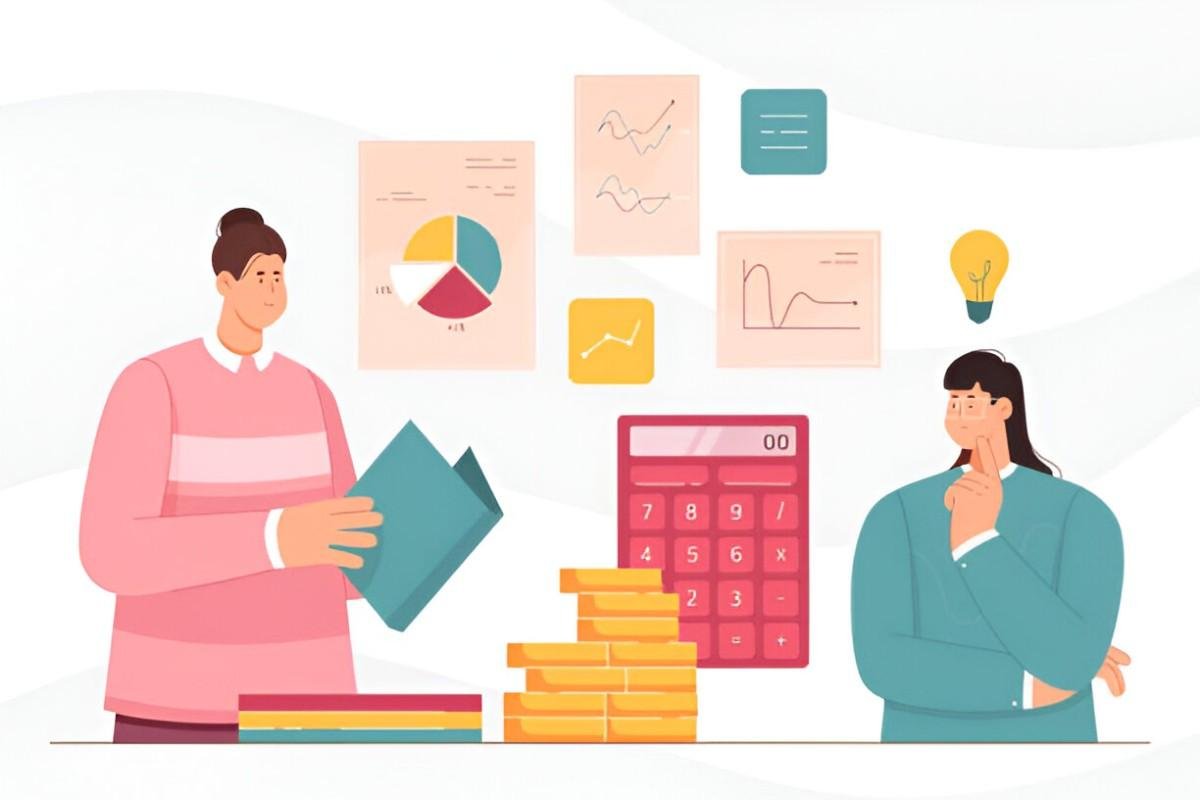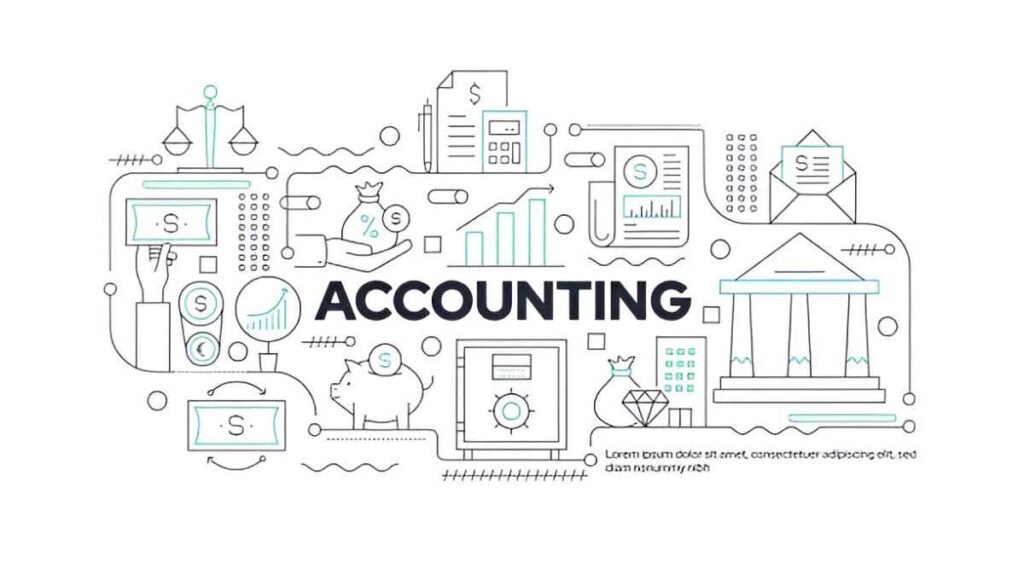As an accounting and finance student, I often focus on balance sheets, income statements, and cash flow projections. However, I realize that understanding physical distribution management (PDM) is equally crucial. PDM directly impacts costs, profitability, and financial performance. In this article, I explore the fundamentals of PDM, its financial implications, and how accounting and finance professionals can optimize it for business success.
Table of Contents
What Is Physical Distribution Management?
Physical distribution management refers to the process of moving finished goods from production facilities to end consumers efficiently and cost-effectively. It includes transportation, warehousing, inventory control, order processing, and materials handling. For finance professionals, PDM is a key cost center that affects working capital, liquidity, and operational efficiency.
Key Components of PDM
- Transportation – The movement of goods via road, rail, air, or sea.
- Warehousing – Storage solutions that balance accessibility and cost.
- Inventory Management – Ensuring optimal stock levels to prevent shortages or overstocking.
- Order Processing – Efficient handling of customer orders to minimize delays.
- Packaging & Materials Handling – Safe and cost-effective product handling.
Financial Implications of Physical Distribution
Since distribution costs directly affect the bottom line, finance professionals must analyze them meticulously. The total cost of distribution (TC_{dist}) can be expressed as:
TC_{dist} = C_{transport} + C_{warehousing} + C_{inventory} + C_{order_processing} + C_{packaging}Where:
- C_{transport} = Transportation costs
- C_{warehousing} = Storage and handling costs
- C_{inventory} = Holding and stockout costs
- C_{order_processing} = Administrative and system costs
- C_{packaging} = Material and labor costs
Example: Calculating Distribution Costs
Suppose a company ships 10,000 units monthly with the following costs:
| Cost Component | Cost per Unit ($) | Total Monthly Cost ($) |
|---|---|---|
| Transportation | 2.50 | 25,000 |
| Warehousing | 1.20 | 12,000 |
| Inventory Holding | 0.80 | 8,000 |
| Order Processing | 0.30 | 3,000 |
| Packaging | 0.50 | 5,000 |
| Total | 5.30 | 53,000 |
Here, the total distribution cost per unit is 5.30, which directly impacts gross margins.
Optimizing Distribution Costs for Financial Efficiency
1. Transportation Cost Optimization
Companies can reduce transportation expenses by:
- Using consolidated shipments to lower per-unit costs.
- Negotiating better freight rates with carriers.
- Implementing route optimization software to minimize fuel consumption.
The cost savings (S_{transport}) from consolidation can be modeled as:
S_{transport} = (C_{base} - C_{consolidated}) \times QWhere:
- C_{base} = Base cost per shipment
- C_{consolidated} = Reduced cost after consolidation
- Q = Total quantity shipped
2. Warehousing and Inventory Cost Control
Holding excess inventory increases storage costs and risks obsolescence. The Economic Order Quantity (EOQ) model helps determine the optimal order size:
EOQ = \sqrt{\frac{2DS}{H}}Where:
- D = Annual demand
- S = Ordering cost per order
- H = Holding cost per unit per year
Example: Calculating EOQ
If annual demand (D) is 12,000 units, ordering cost (S) is 50 per order, and holding cost (H) is 2 per unit:
EOQ = \sqrt{\frac{2 \times 12000 \times 50}{2}} = \sqrt{600,000} \approx 775 \text{ units}Ordering 775 units at a time minimizes total inventory costs.
3. Technology in Distribution Management
Modern businesses use Enterprise Resource Planning (ERP) and Warehouse Management Systems (WMS) to automate logistics. These systems reduce errors, improve order accuracy, and lower labor costs.
Financial Reporting and Distribution Costs
In financial statements, distribution costs appear under Cost of Goods Sold (COGS) or Operating Expenses (OPEX), depending on accounting policies. Proper classification ensures accurate gross margin calculations.
Impact on Financial Ratios
- Inventory Turnover Ratio = \frac{COGS}{Average\ Inventory}
- Higher turnover indicates efficient distribution.
- Days Sales in Inventory (DSI) = \frac{365}{Inventory\ Turnover}
- Lower DSI means faster stock movement.
Case Study: Amazon’s Distribution Efficiency
Amazon’s success stems from its just-in-time (JIT) inventory system and AI-driven logistics. By optimizing warehouse locations and using predictive analytics, Amazon reduces holding costs and improves cash flow—key lessons for finance students.
Conclusion
Physical distribution management is not just a logistics concern—it’s a financial strategy. By optimizing transportation, warehousing, and inventory, businesses enhance profitability. As future accountants and financial analysts, we must analyze these costs rigorously to drive better financial decisions.





